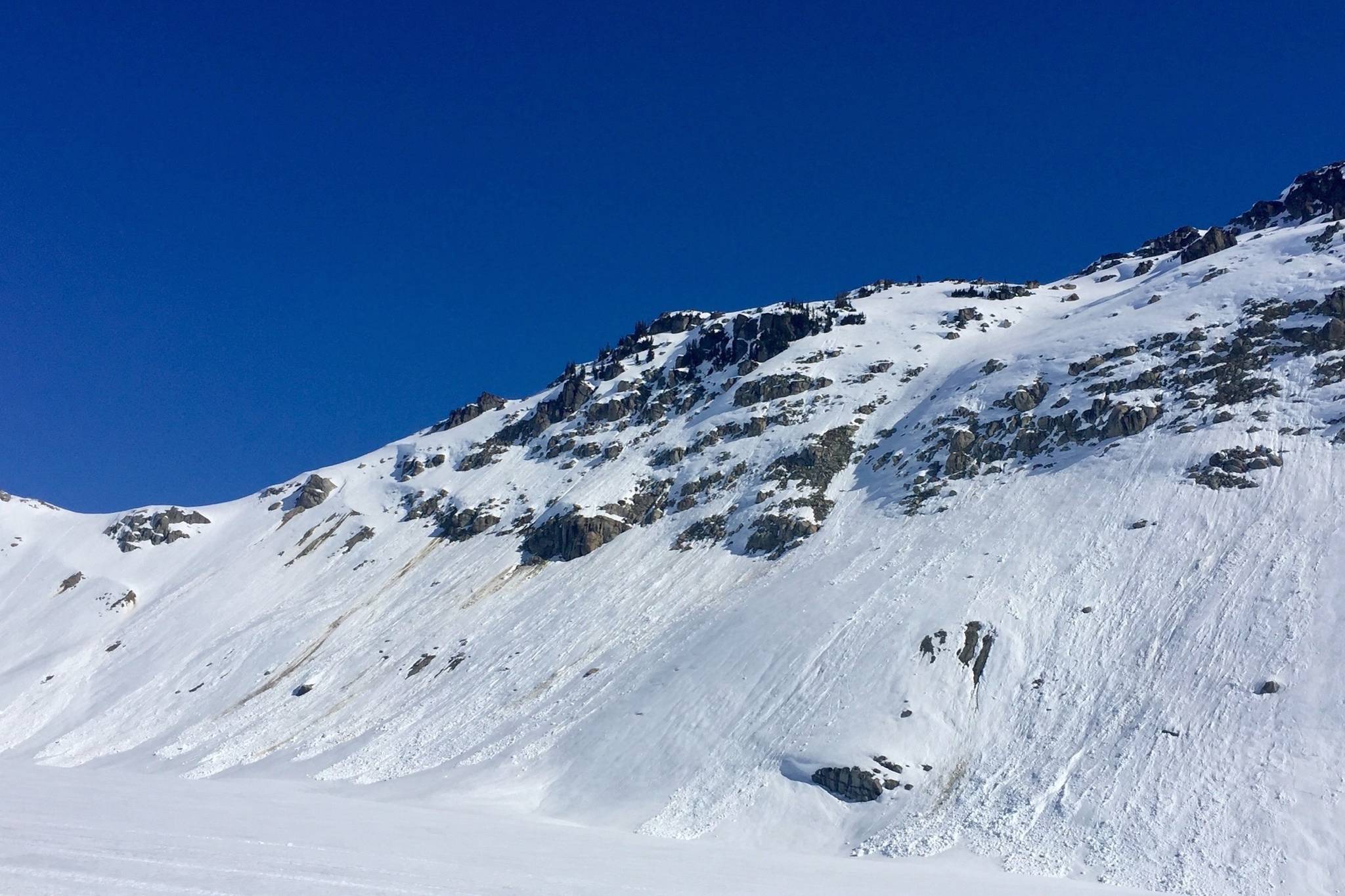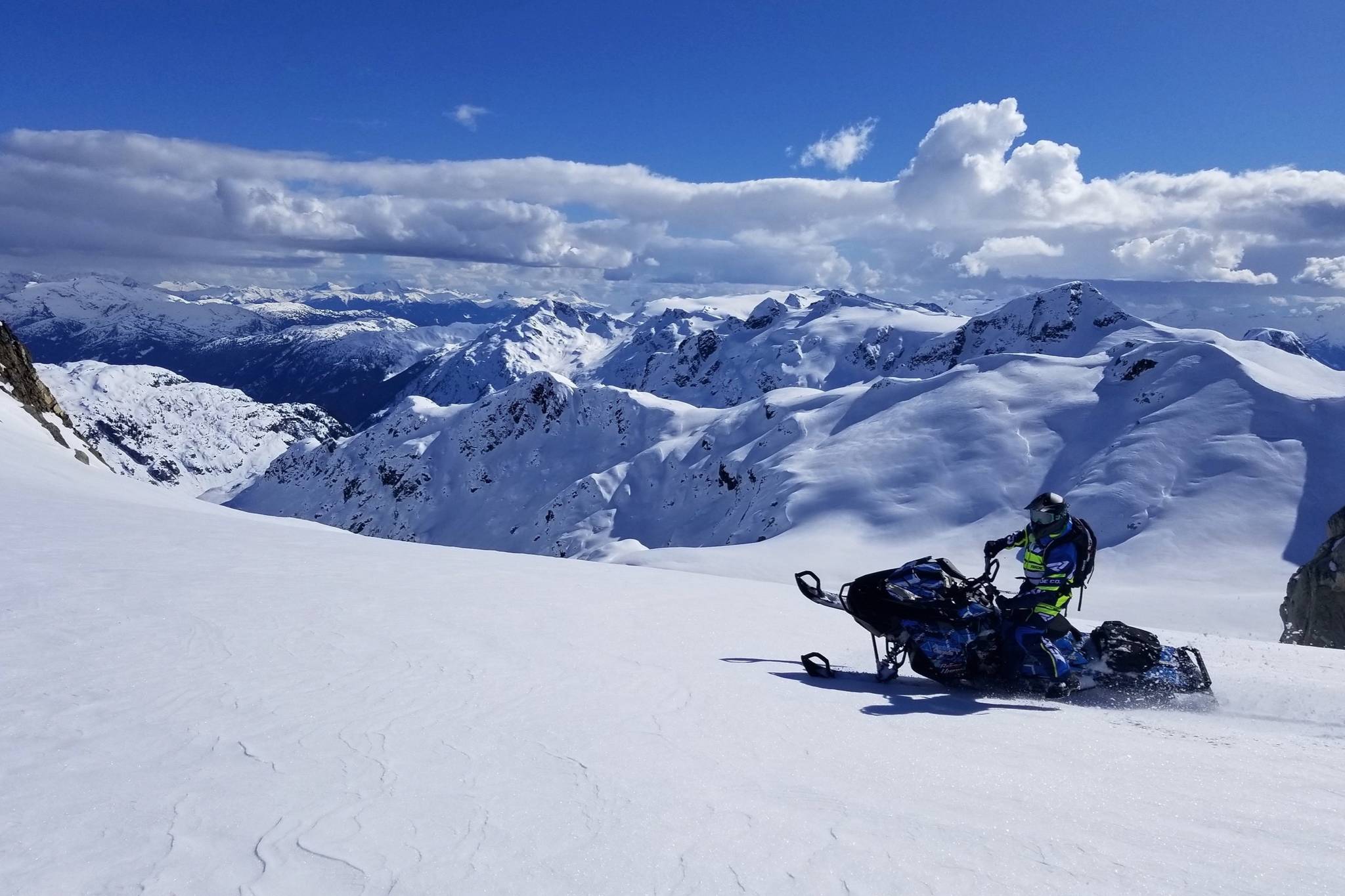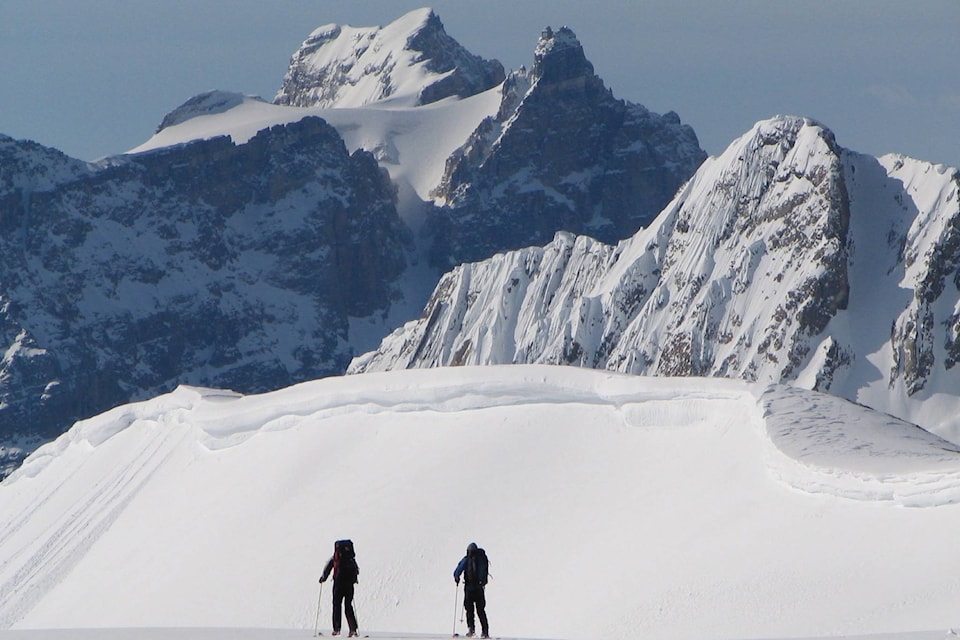Welcome to The Start Zone by Avalanche Canada, the national public avalanche safety organization.
We publish daily avalanche forecasts for much of western Canada, coordinate the Avalanche Canada Training program, and host outreach events across the country, from Newfoundland and Labrador to the Yukon. In this bi-weekly feature, we’ll be exploring various topics relating to avalanches and winter backcountry recreation.
Over the past couple of decades, winter backcountry recreation has exploded, from skiers and snowboarders leaving the resort boundary, to snowmobilers venturing deep into the mountains, and snowshoers heading out for winter walks on popular summer trails. Experienced riders are pushing into bigger terrain, while newcomers might not even be aware of the avalanche problem. We want people to enjoy our magical winter backcountry, but, most importantly, we want them to come home safely.
This is a great time of the year to be in the backcountry but, statistically speaking, it’s also the most dangerous. March is known for many things – longer days, warmer sunshine and, unfortunately, the highest number of avalanche deaths.
One of the factors causing the spike is the simple fact that more people get out into the mountains when the conditions are spring-like. Plus, the Easter long weekend often falls in March, a holiday famous for spurring a mass exodus from the city.
Longer days also mean the opportunity to spend more time on the snow, and often more time spent in avalanche terrain. It’s a risk-management truism that the longer you are exposed to a risk, the greater your chances of one day being caught. Like all truisms, it’s an over-simplification that doesn’t account for the fact that few professionals – many of whom spend well over 100 days a season on the snow – are killed in avalanches. However, it does bear considering when you’re pushing for that last run in the fading light of a great day.
Warmer days also have an effect on the snow, melting the surface and causing greater stress within the snowpack. If it still has suspect layers from earlier in the winter, the warmth from the sun should be an important factor in your decision-making. It’s especially important when you are exposed to slopes far above, which may be getting warmed while you’re still in the cold and not yet thinking about the sun’s effect.
Generally speaking, the snowpack in March is in transition from winter to spring. That means you may find winter conditions in the earlier part of the day – cold, dry snow if you’re lucky – but much different conditions by the afternoon. You need to assess the slopes carefully as the sun is on them, and just because you were there all morning, doesn’t mean you can continue in the same place all afternoon.
In short, the avalanche hazard can climb rapidly this time of year, within a few hours, because of the sun. One sure indicator of solar radiation is when snowballs start to release on their own. They often acquire a “cinnamon roll” look, as they pick up snow on their descent down the hill. Be mindful as the sun tracks across the sky and check the bulletin at avalanche.ca before you head out.
Avalanche Canada is a non-government, not-for-profit organization dedicated to public avalanche safety, based in Revelstoke, B.C.
READ MORE: Experts call for ice climbers to wear avalanche safety gear in the mountains
Like us on Facebook and follow us on Twitter


